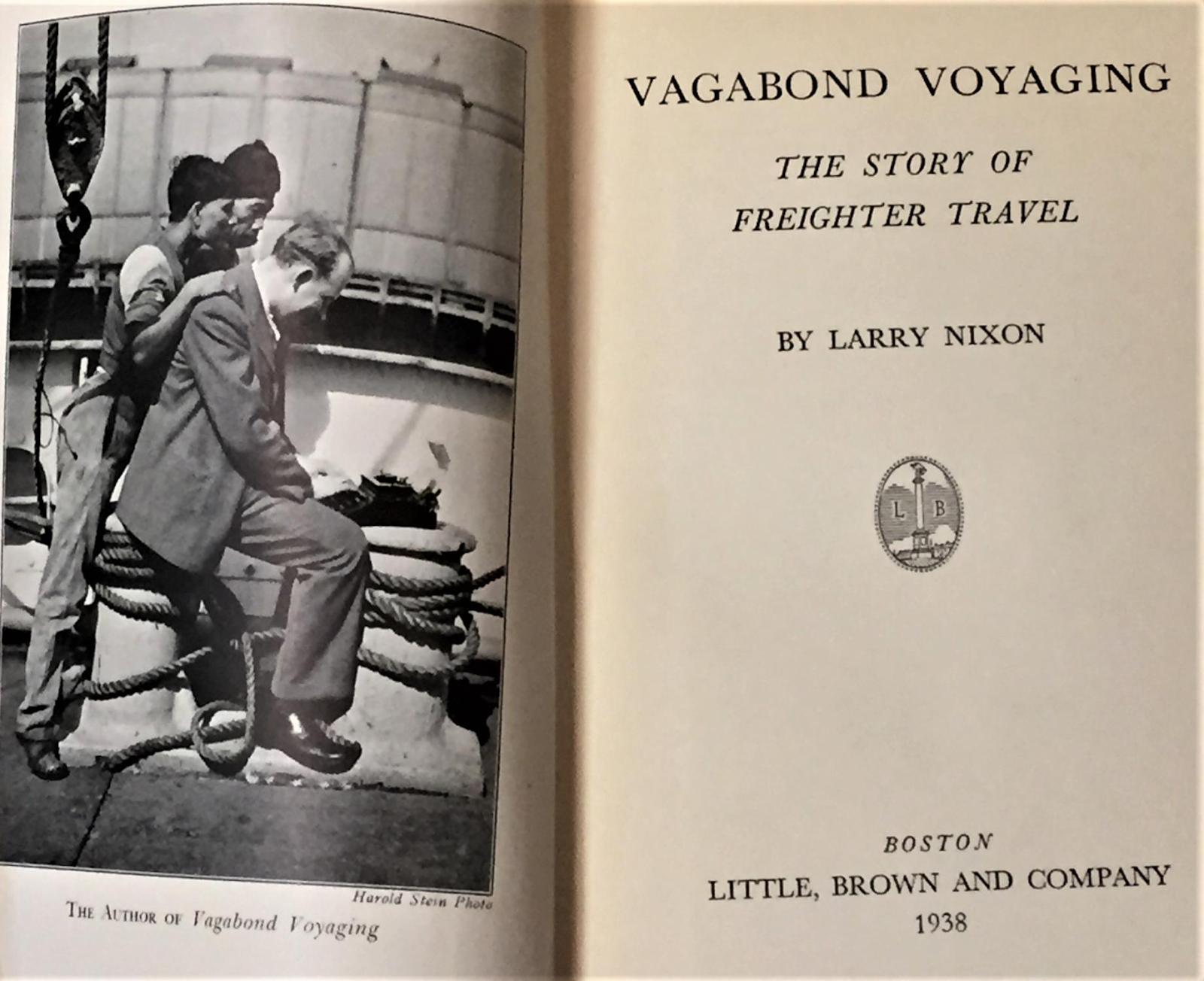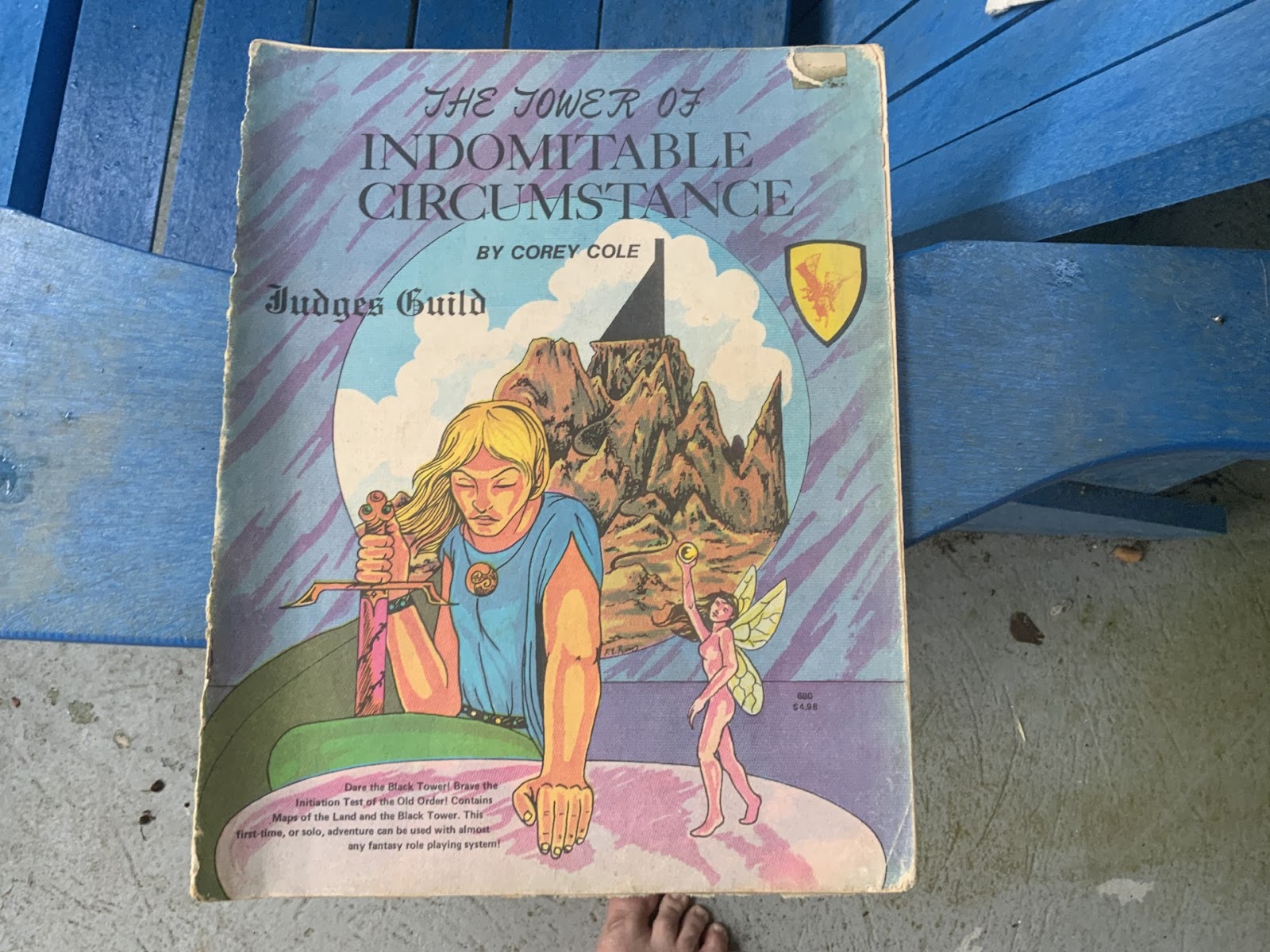Last post before the holidays! No post next week. Next post will be the first week of January 2025!
Hind Horn is a Scottish traditional ballad with many, many variations. The story goes that Hind Horn, the hero of the tale, is given a ring as a token of love from the King's Daughter. The ring has diamonds, and she tells him that when those diamonds grow pale and lose their luster, it means her love for him is fading.
They part. He notices that the diamonds are in fact fading. He returns to the kingdom to find that she is being married to another. He approaches the wedding party disguised as a beggar and contrives to show her the ring. When she sees it, she offers to go with him, beggar or no, and they go off together.
This legend is one of the reasons why it became traditional that, should a beggar come to a house where there is a wedding, the beggar be given whatever reasonable thing they ask for.
With that in mind:
Hind Horn in Winter
The Hounds find a job lot of old ballads, loosely compiled, in one of the boxes from the last auction.
On inspection, most of them seem to have come from a house sale somewhere up North, and the Hounds find with the ballads notes on someone's academic work. The parson, or some other minor church functionary, was amusing themselves between sermons by collecting, transcribing and examining old ballads. Most of them seem to have been local to wherever the parson was (that part's not clear) and some of them seem to be much older than first glance.
If the Hounds examine the documents very closely they find (1 point) that one of them is in fact a 15th Century manuscript, 3 pages long, apparently a version of Hind Horn written/transcribed by Charles of Orléans. God alone knows how that treasure found its way into an obscure parson's trove.
It's not quite a Windfall but it is a very valuable find.
The air is chilly, the mornings frosty, and it's getting more and more difficult to heat the shop. As winter draws ever nearer the Hounds find three customers all determined to purchase (or steal) Hind Horn: A Scot cleric, Andrew Baird, lean and corpselike; a young man, John Egan, poor as dirt and importunate; a young woman, Hattie Keeble, an upper middle class coquette. They all want Hind Horn. They seem to know, without telling, that the Hounds have it. If one of them gets it, the other two will be outraged and cause all sorts of scenes. Diplomacy is called for ...
Just as this becomes a problem, a peculiar item turns up in lost property: a diamond ring. A wedding band. Nobody recognizes it or knows how it ended up on the shop floor.
Option One: Dusty Memories. None of this is real. There's a Dust Thing attached to Hind Horn which, in fact, is not a 15th Century original but an 18th Century forgery. It's quite a good forgery, so it will pass muster for all but the most eagle-eyed of experts. The Dust Thing is drawing on the Hind Horn story to create ring, Baird, Egan - but not Keeble. Hattie is real enough. She saw the document at the auction but lost out to the Hounds, and now she wants another bite at the apple.
Option Two: Dead Men's Tales. Baird is in fact what's left of the parson who, all those years ago, compiled the documents. Baird was also an experienced Dreamer and picked up some very peculiar, Mythos-oriented, views on the origins of human folklore. Baird became convinced that stories like Hind Horn are actually about Mythos narratives, and spent his life trying to prove his thesis. His life, and beyond; his compulsion leads him to defy death itself. Egan, Keeble, the ring and the fable are all dreams, part of Baird's delusion, though he believes they're real enough. If this goes too far, the shop may find itself incorporated into the dead parson's fantasies.
Option Three: Hind Horn Redux. The document was never written by Charles but it is a 15th century manuscript, a Mythos text hidden in a literary code. It is in fact dedicated to Gol-Goroth, the Fisher; it is the Old One who created the ring, which is a holy thing. Gol-Goroth uses text and ring as lures, and it has three on its hook: Baird, Egan and Keeble. Possibly the Hounds as well, if they get too close. If Gol-Goroth manages to lure someone close enough, that person becomes part of the narrative, and the text grows ever longer. Those too close to the story begin to dream of cold climes, far, far colder than London, and of peculiar dark mountains where strange treasures are hid. The text of Hind Horn is part finished; if Gol-Goroth gets all three - Baird, Egan and Keeble - then the text will be complete. Much more valuable, too, from the Hounds' perspective.
That's it for this week. Enjoy!




